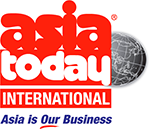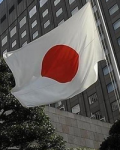-
What BREXIT really means for Asia . . .
July 1, 2016
FOR most of the countries of Asia, growth in their trade with Europe has provided a most welcome source of diversification away from China. That trade may now be threatened, along with investment flows . . .
Florence Chong
Editor, ATI Magazine





